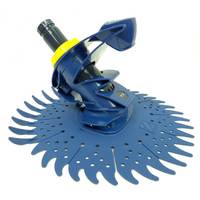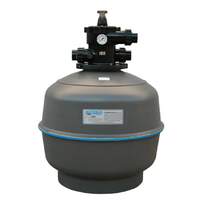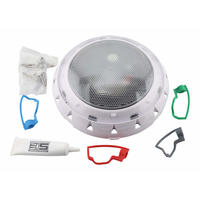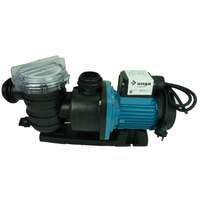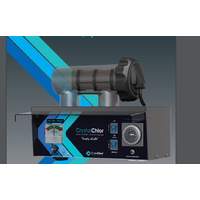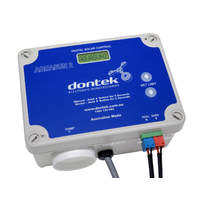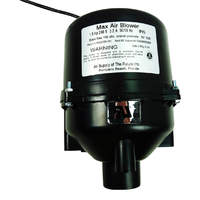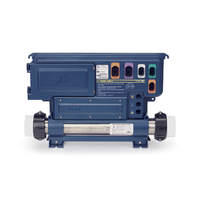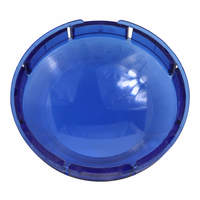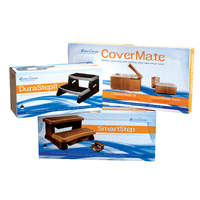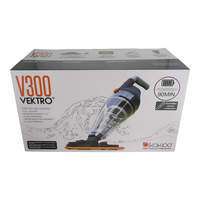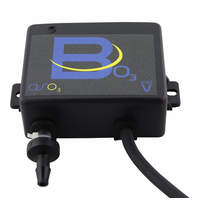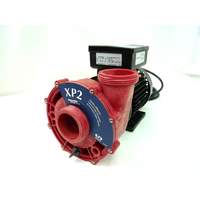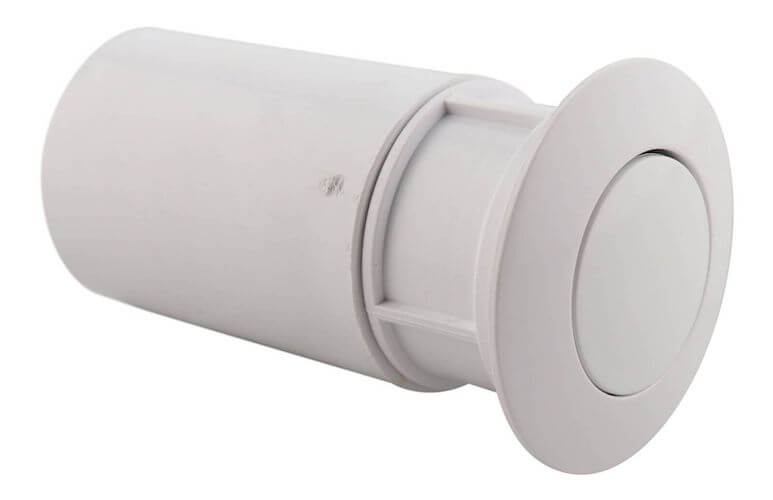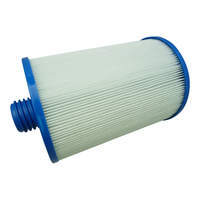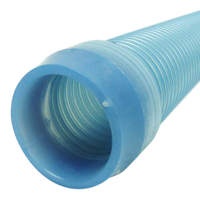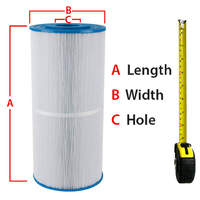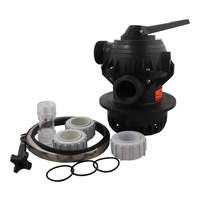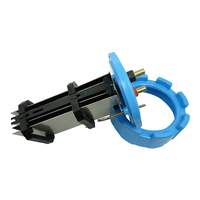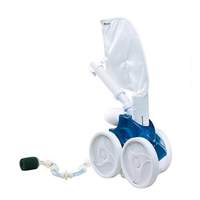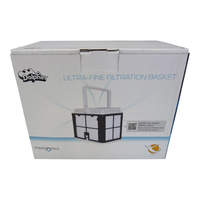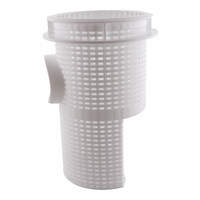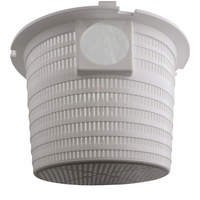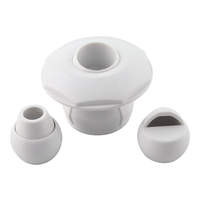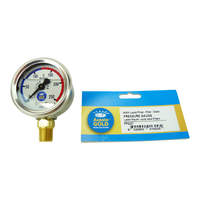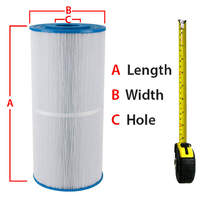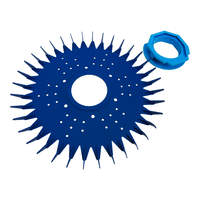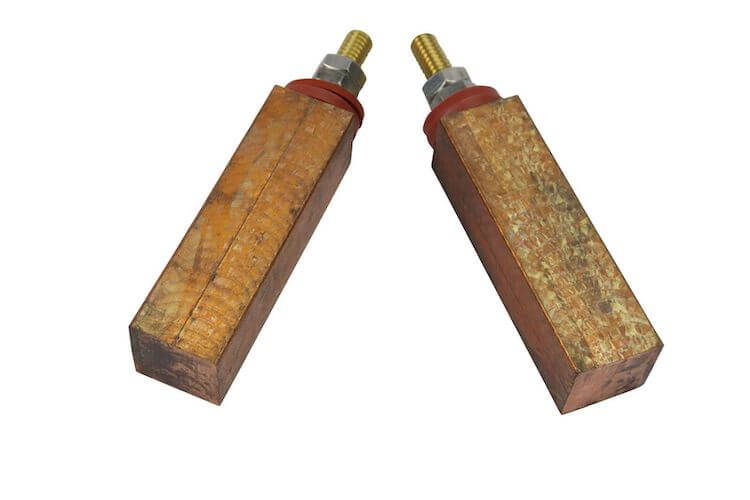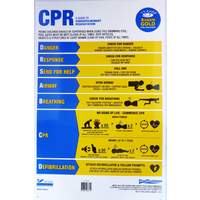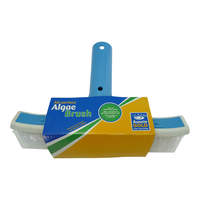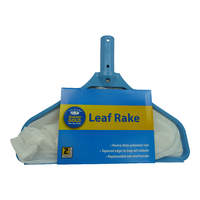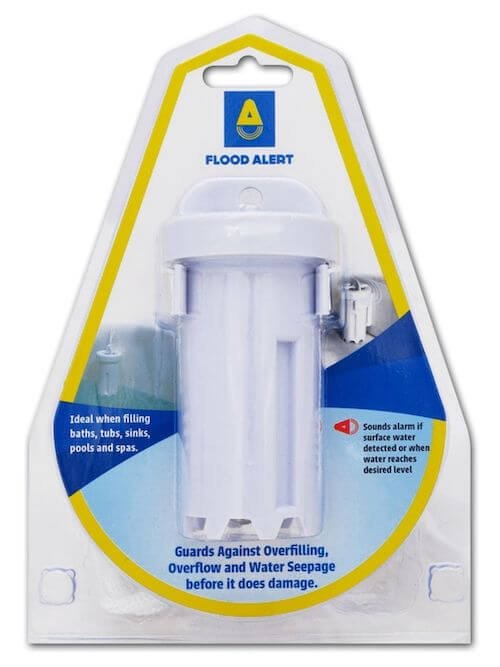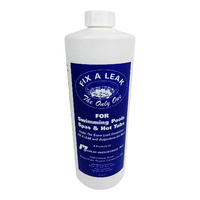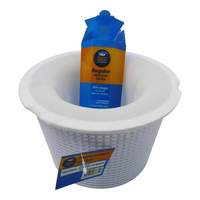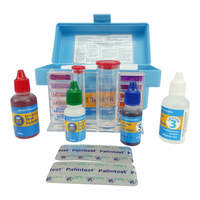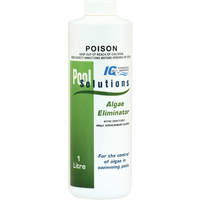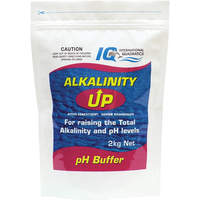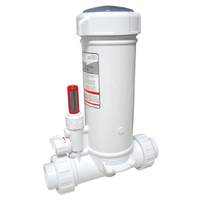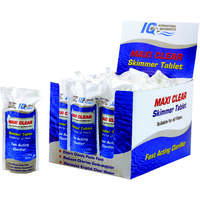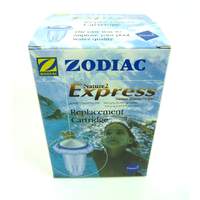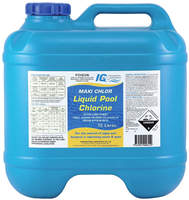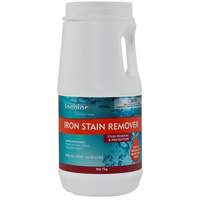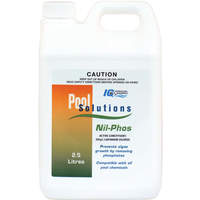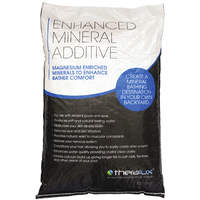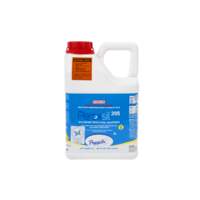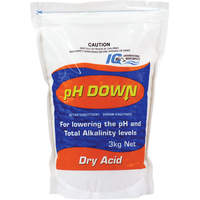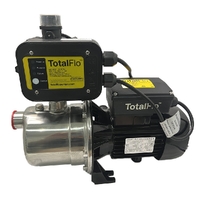Comparing Salt Water Pool vs Chlorine Pool - Which is the Best Option for You?
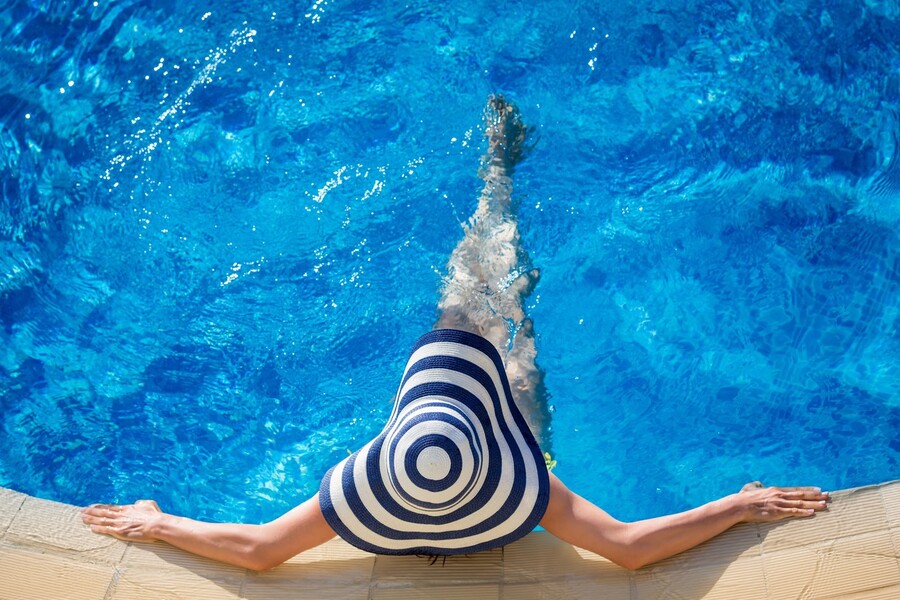
When it comes to building a swimming pool, you have two options traditional chlorine swimming pool or one that uses salt water.If you’re having a hard time figuring out which option works best for you, you should continue reading.
When it comes to building a swimming pool, you have two options. You can either opt for the traditional chlorine swimming pool or one that uses salt water. Both options are growing extremely popular amongst property owners, making it a bit confusing to choose.
If you’re having a hard time figuring out which option works best for you, you should continue reading. We will look at every factor you should consider plus the accessories and pool maintenance equipment that you will need so you can build the right type of swimming
Let’s take a closer look at the major differences between a chlorine and salt water pool in the next sections.
Chlorine concentration levels
Pools need chlorine to get rid of bacteria and algae. It is added to the pool water in certain amounts depending on the total volume of water. In a traditional pool, chlorinators or water treatments are used to produce enough chlorine. For salt water pools, salt and a specialised chlorinator are used to disinfect the water. Instead of adding chlorine, you only need to use salt to produce the pool disinfectants for salt water swimming pools.
What happens when there’s too much pool chlorine?
Most of the time, chlorine pools get saturated with disinfectants due to poor maintenance and human error. When the chlorine level goes beyond the normal range, it can cause numerous health issues such as:
- Vomiting and nausea
- Burning sensation on the skin and in the throat
- Irritated and red eyes
- Breathing problems
- Slight chest pain
- Triggered asthma or allergies
Because of the potential hazards involved, most homeowners tend to choose salt water pool over the traditional type.
Compared to the old-school chlorinated swimming pools, salt water pools contain a very small amount of chlorine. Some of these are naturally-occurring molecules, while the rest are produced by the chlorinator or pool sanitizer.
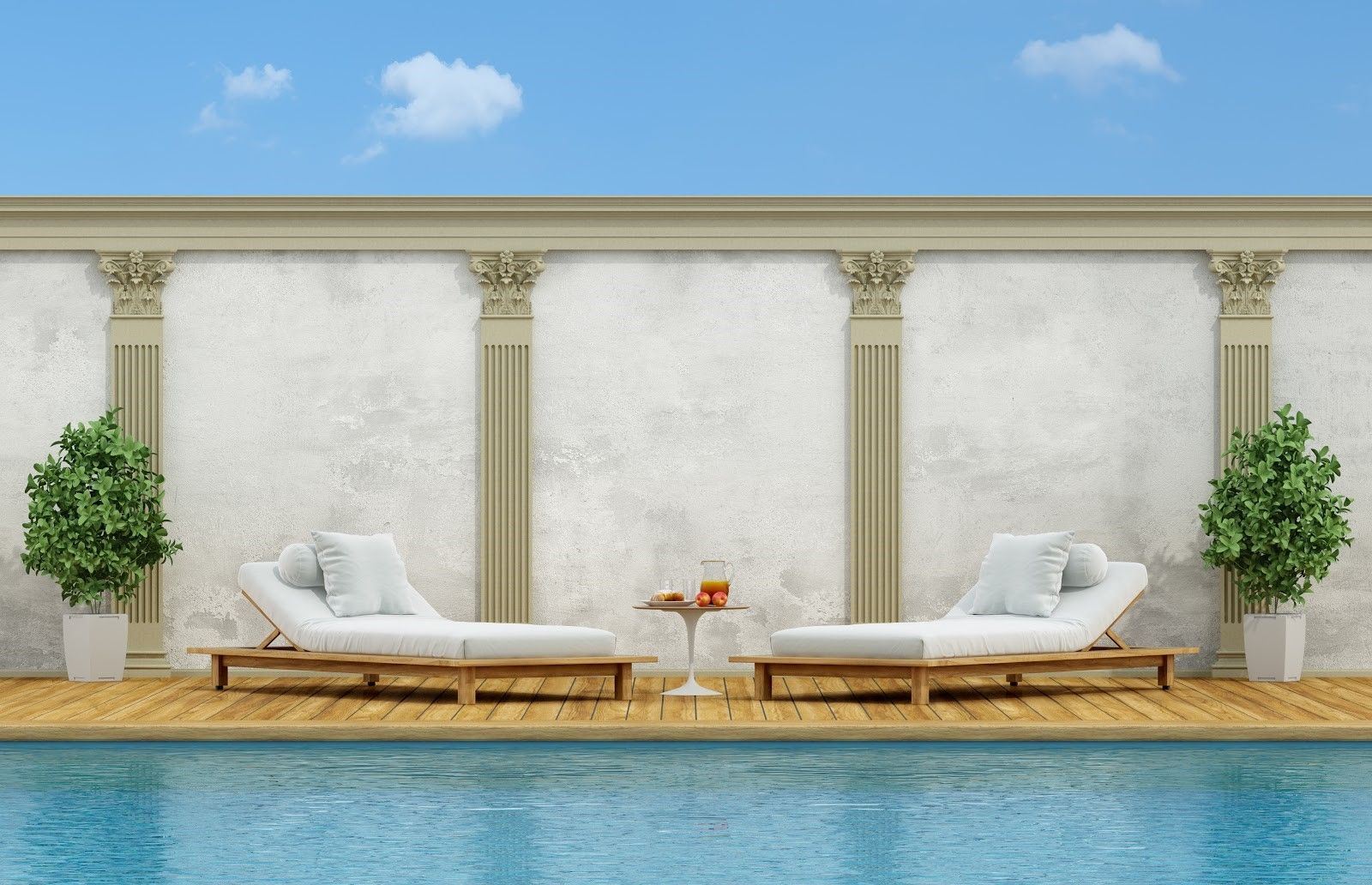
Installation costs and difficulty
Aside from the chlorine level, it’s equally important to consider the differences in the cost and difficulty of installing a salt water pool vs chlorine pool.
If your number one goal is to save money on the installation costs, then perhaps a salt water pool isn’t the right choice for you. Installing this type of pool comes with high upfront costs. According to Homeadviser, building a salt water pool may cost around AU$35,820.
Installing a conventional pool, on one hand, will cost you around AU$8,940 for above-ground pools or AU$31,405 if you want an in-ground pool.
Can I convert my pool to a salt water system?
In case your tired of using the same old chlorine pool, you can convert it into a salt water version. To do this, you will need to spend at least AU$608 to 1484. The cost will cover for the installation labour, salt, pool pump, and a new water system generator.
To start, you will need to drain the pool water. This is a crucial step especially if you’re currently using an anti-bacterial treatment.
Failing to drain the pool water may cause sanitation issues in the near future. If in case you don't want to drain the water, you have the option to remove the treatment by using a high concentration of chlorine.
Expect the pool water to change its colour from blue to white. It would take a few days for the chlorine to fully dissipate so you need to wait before you can start the next procedure.
Once the water is clear for the next process, you should start testing it to determine how you should alter its chemistry. Here are the aspects you need to test:
- pH
- Free Chlorine
- alkalinity
- Hardness
- Heavy metals
- Salt content
- Cyanuric acid
- Phosphates
You can use chemical testing equipment like phosphates or salt water pool test kit to check the water chemistry.
Once the water is well-balanced, your next step is to install the right size of the chlorinator. Double check the pool capacity before you purchase a chlorinator. Picking the right type of chlorinator can help you ensure the long lifespan of your pool equipment.
Then, you need to start adding salt. You can easily source plain table salt for your pool from the local groceries or even pool equipment shops. To know how much salt you need to use, you need to check the specifications provided by the chlorine generator manufacturer.
You can easily manage the pool conversion process on your own but if you want a more professional finish, you can hire an expert to lend you a hand. It won’t take long before you can finally swim in your new salt water pool.
Maintenance cost and requirements
Once you finish setting up the pool, your next priority is to ensure that it’s regularly maintained. After all, nobody wants to plunge into a filthy swimming pool.
Here are some tell-tale signs that your swimming pool needs immediate cleaning and maintenance:
Chlorine pool
- A strong scent of chlorine
- Murky water
- Greenish water
- Foamy or effervescent surface
- Visible signs of organic matter or living organisms
Salt water pool
- Algal growth
- Debris buildup inside the salt cell
- High calcium levels
- Dirty water filter
If you spot any of the signs above, scheduling a thorough cleaning job is in order.
Maintenance of salt water pool vs chlorine pool
The process of salt and chlorine pool maintenance varies a lot. One type of pool will require you to use a specialised equipment while the other one will need you to make use of chemical treatments on a regular basis.
If you're not too keen on doing lengthy and tedious maintenance jobs, it's best that you opt for a swimming pool that uses salt water.
Nowadays, salt water swimming pools come with the best cleaning systems that will help you minimize the need to clean the pool frequently.
The only downside to salt water pool care is you have to keep the water generator pumping for at least 6 hours daily during winter and around 12 hours every day in summer. This could cost you a lot of money, but at least it won’t require so much effort.
If you don’t mind handling pool maintenance to save money, you can stick your old-school chlorine pool.
Just make sure that you fully understand how to balance the pH of the water. It should remain consistent each week to discourage algal and bacterial growth.
Experts recommend keeping the pH level between 7.2 to 7.6 to keep your pool free from unwanted organic matter. To obtain the perfect pH balance for your pool, you need to do a bit of research and learn how to achieve the right pool water chemistry.
To reduce weekly maintenance work, you have the option to use UV pool sanitizers. You can also try shocking your pool to kill any remaining bacteria or algae.
Effect on swimming pool add-on features
Salt and chlorine water can both affect decors and equipment. Salt doesn’t particularly react well with metals. This type of water can encourage rusting, especially if you expose the material near the pool for a long period.
Salt water also doesn’t go well with concrete tiles.
According to Concrete Decor, salty water causes delamination, a process where layers of the material separate, causing a significant decrease in structural integrity.
If your pool area has limestone, salty water can also cause major damages.
You might also encounter problems in growing your plants near the pool area. In most cases, wastewater from the pool can kill the plants and wash away essential nutrients in the soil.
If you still prefer a swimming pool with salty water, then consider using the right type of furnishings and decors. You can try switching to plastic or synthetic wicker furnishings because these are more durable and they don’t get easily affected by salt.
Chlorine pools, on one hand, doesn’t really cause that much damage to decors, furnishings or plants. You should only worry about keeping the water chemistry balanced.
Conclusion
As seen in the discussion above, there are pros and cons to using each type of pool. So, at the end of the day, it all boils down to your goals, expectations, and budget.
Determine how much money you can spend on the project. Do you have enough to build a salt water swimming pool? Also, how much time can you devote to cleaning and maintaining the pool? What sort of decors and plants to you want to use in the pool area.
Weigh in on each factor carefully for you to choose the right type of swimming pool to install.
Here are some key takeaways from our discussion above that you can use to make a sound decision:
- It’s not complicated to create both a traditional and salt water pool
- It’s expensive to build a salt water pool especially if you plan to create a large one.
- Salt water pool maintenance will require very little effort but it will cost you money.
- Chlorine pools work better with common swimming pool decors and other features compared to salinated pools.
Need pool maintenance treatment or equipment? Aquaneo has everything you need to keep your salt water or chlorine pool clean and tidy all year round.

